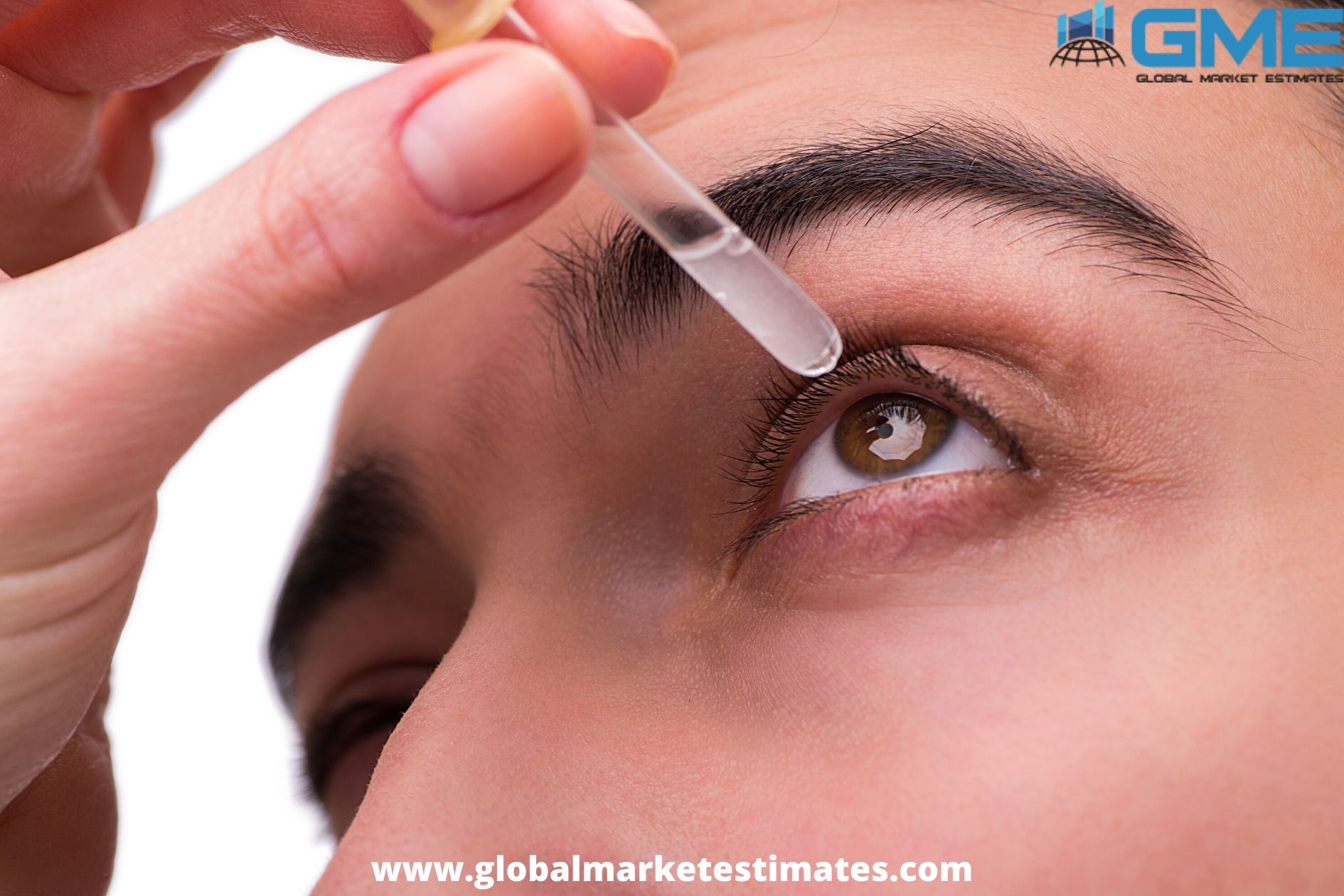The global dry eye medication market is estimated to be valued at USD 4.02 billion in 2020, and is projected to reach USD 6.34 billion by 2026. The market is registering a CAGR of 7.88 per cent during the forecast period.
The dry eye syndrome is a condition that affects the tear film and ocular surface. The medical term for this condition is ‘keratoconjunctivitis sicca’. It is an ocular (related to eye) disorder caused by the lack of tear fluid to lubricate the eyes. There are commonly two types of dry eye conditions. The first one is aqueous tear-deficient dry eye, and the second one is evaporative dry eye. Dry eye syndrome is one of the most common ocular disorders across the world and is highly common in the geriatric demographic. Owing to the reduction in the production of tears due to aging is the main cause of dry eye syndrome among the elderly population. Additionally, regular users of contact lenses also have an increased risk of dry eye condition.
With factors, like, increase in the geriatric population across the world, increase in the prevalence of dry eye syndrome, and high incidence of diabetes are likely to propel the dry eye drugs and devices treatment market in the ensuing years. Moreover, an increase in awareness among the population about dry eye disease is anticipated to drive the market in the near future.
Based on drug, the global dry eye medication market is classified into antibiotic drops, hormone drops, artificial tears, and others. Within this category, the artificial tear segment is estimated to account for a dominant share of the market in the near future, since artificial tears eye drops are the first step in dry eye treatment. They assist to maintain moisture on the outer surface of the eye for a long time. In addition, artificial tears eye drops can be bought sans prescriptions.
On the basis of device, the global dry eye medication market is segmented into tear duct plugs, thermal pulsation devices, and intranasal devices, among others. The thermal pulsation devices segment is expected to grow the most during the forecast period as the devices effectively remove blockages from the meibmomian gland in the eye, letting it to properly work to protect the tear film of the eye.
In terms of distribution channel, the global dry eye medication market is categorized into hospital pharmacy, retail pharmacy, and online pharmacy. The retail pharmacy segment is likely to constitute a considerable share of the market during the forecast period, since most dry eye drugs can be easily purchased without a doctor’s prescription. Therefore, patients find it appropriate to buy drugs from retail pharmacies.
In terms of region, the global dry eye medication market is segmented into North America, Europe, Asia Pacific, CSA, and Middle East & Africa. This market is dominated by North America. The region is projected to account for a significant share of the global dry eye medication market during the forecast period as a result of high incidence of dry eye disease among the American population. Moreover, according to available data, the economic burden of dry eye disease treatment in the U.S. alone is USD 4 Bn per year. The high prevalence of conditions, namely, diabetes that boost the prevalence of dry eye disease in Europe is projected to drive the market in Europe. According to studies, the prevalence of dry eye diseases is higher in women in Asia as compared to those in Europe and Africa. With high prevalence of dry eye disease and availability of advanced diagnostics tools to test the condition, the market in Asia Pacific is likely to grow.
Some of the major players operating in the global dry eye medication market include EyeGate Pharmaceuticals, Inc., Allergan, Inc., Novartis AG, Merck and Co, Inc. Santen Pharmaceutical Co., Ltd, and Shire.
Check the report description at: Global Dry Eye Medication Market Size, Trends & Analysis - Forecasts To 2026

